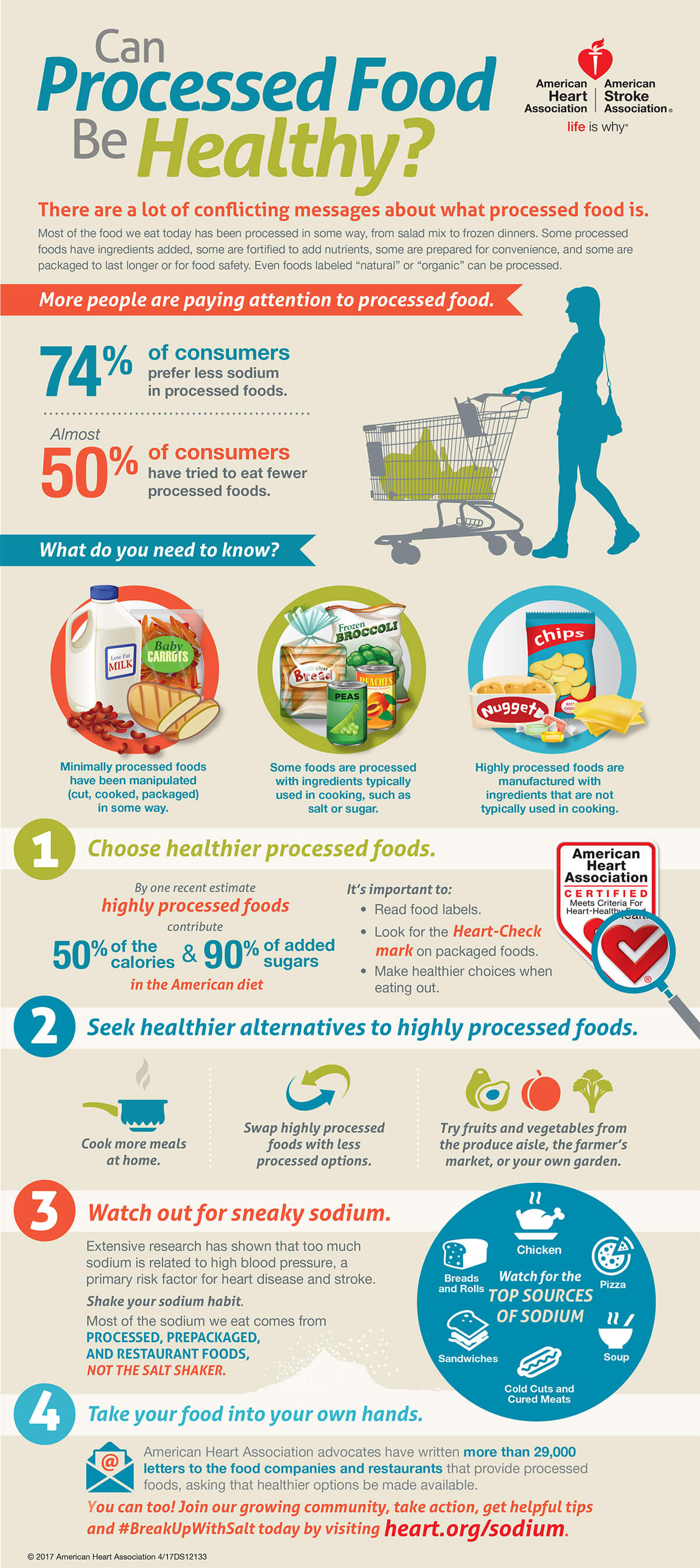Discover The Hernia Types That Demand Medical Action. From Inguinal To Hiatal, Discover Everything You Require To Know For An Effective Treatment

Created By-Sherman Munksgaard
* Inguinal hernia: A projection of tissue through a weakened area in the stomach wall, frequently on one side of the groin.
* Hiatal rupture: A projection of the stomach with the diaphragm and right into the upper body tooth cavity.
* Umbilical hernia: A bulge near the tummy button that takes place when a damaged location in the abdominal wall permits fat or other cells to push through.
* Ventral rupture: A bulge that takes place when a damaged area in the abdominal wall surface permits fat or various other tissue to push through, often near a previous surgical cut.
* Incisional rupture: A bulge that occurs when a weakened location in the stomach wall allows fat or various other tissue to push through, frequently near a previous surgical cut.
It is very important to note that not all hernias call for surgical treatment, but these kinds do. If you presume you have a rupture, it is very important to get in touch with a healthcare specialist for proper medical diagnosis and treatment.
So, you have actually been experiencing some pain lately, and after an extensive evaluation, your medical professional has actually identified that you have a hernia. Currently, prior to you start stressing, it is necessary to understand that not all ruptures require surgical intervention.
However, there are specific kinds that do, which's what we're below to discuss. From inguinal ruptures to umbilical hernias and even hiatal ruptures, every one provides its own one-of-a-kind obstacles and factors to consider.
However let's not get ahead of ourselves right now. We'll dive into the specifics soon sufficient.
Inguinal Hernias
If you're experiencing discomfort and pain in your groin area, you might have an inguinal hernia that requires medical treatment. An inguinal hernia takes place when a part of the intestinal tract or cellulite pushes through a weak spot in the inguinal canal, which lies in the reduced abdomen.
Where Is Hernia Surgery of hernia is much more common in men than females and can be caused by aspects such as hefty training, stressing during defecation, or persistent coughing. Signs of an inguinal hernia include a lump in the groin location, discomfort or pain when coughing or raising, and a feeling of stress or weakness in the groin.
If left unattended, an inguinal hernia can result in issues such as digestive tract blockage or strangulation, which is why surgical intervention is required to repair the rupture and avoid more issues.
Umbilical Hernias
Do you know what an umbilical rupture is and just how it can be treated operatively?
An umbilical hernia occurs when a part of the intestinal tract or abdominal cells protrudes via a vulnerable point in the abdominal wall surface near the stubborn belly button.
If https://nhl.nbcsports.com/2021/04/09/blue-jackets-lose-werenski-for-rest-of-season-due-to-hernia-surgery/ have an umbilical hernia that requires surgical treatment, right here are 3 therapy options to think about:
- Hernia repair service surgical treatment: This is the most typical therapy for umbilical hernias. Throughout the treatment, the specialist will certainly make an incision near the hernia and push the protruding cells back right into place. They'll then enhance the stomach wall surface using stitches or a mesh patch.
- Laparoscopic surgical treatment: Sometimes, a minimally intrusive method called laparoscopic surgical treatment may be made use of. This strategy includes making small incisions and using a camera and specialized tools to fix the hernia.
- Open surgery: In more complicated situations, open surgical procedure might be needed. This involves making a bigger laceration to gain access to and repair the rupture.
Hiatal Hernias
A hiatal rupture happens when part of the tummy extends via the diaphragm into the chest dental caries. This type of hernia is relatively common and typically calls for surgical intervention.
Hiatal hernias can be categorized into 2 major kinds: sliding and paraesophageal hernias. Sliding hernias are the most usual and happen when the reduced part of the esophagus and the top of the tummy slide up right into the upper body through the respite, a little opening in the diaphragm.
On the other hand, paraesophageal ruptures are much less common yet a lot more severe. In this kind, a part of the stomach pushes with the respite along with the esophagus, creating prospective difficulties like gastric volvulus or strangulation.
Surgical repair service is generally needed to treat hiatal ruptures and alleviate symptoms such as heartburn, chest discomfort, and difficulty swallowing.
Conclusion
So there you have it, the various types of hernias that need surgical treatment.
One example of a rupture case that needed surgical treatment is John, a 45-year-old male that experienced an inguinal rupture. In spite of his preliminary pain and worry, John went with surgical intervention.
The procedure achieved success, and he experienced a complete healing, allowing him to go back to his typical activities with no further problems.
Bear in mind, it is essential to consult with a healthcare expert if you presume you might have a hernia that calls for surgical treatment.

